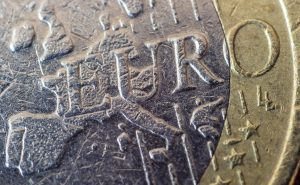Will the European Stability Mechanism (ESM) someday run on blockchain?
This was a hypothetical recently offered by Kalin Anev Janse, the secretary-general of the ESM – a eurozone-wide organization established in 2012 with the stated goal of shoring up the finances of troubled member-states.
The ESM emerged from the aftermath of the late-2000s financial panic, when a growing number of eurozone countries were facing significant financial pressures. To date, the ESM has loaned out more than €100bn to states including Cyprus and Greece, out of a total capacity of €500bn.
Yet according to Janse, who spoke during a World Bank forum on 25th April, the ESM as it exists today could benefit from a technology boost – and here’s where blockchain comes in.
What he said: During his speech, Janse brought up the concept of a “European public sector issuance platform”, through which debt – say, created by the ESM – could be marketed and sold more effectively.
He suggested “a fintech solution, driven by the public sector” as a way to power the platform.
Janse went on to say:
“This point is particularly interesting for the ESM because a more integrated market would by its nature also be more stable. And as our name indicates, ensuring the financial stability of the euro area stable is our core mission. One could even think of using new technologies, like blockchain to set up the new issuance platform.”
What this means: For now, it’s unlikely that the ESM leadership is considering a wholesale integration or replacement powered by blockchain. But the comments are telling, given that Janse is one of the organization’s senior officials.
It’s certainly an area that the European Union’s top securities watchdog, ESMA, may take an interest in. Should the ESM seriously consider using the tech to issue new kinds of digital securities, the regulator could rethink its recent decision to pass – for now – on new rules for blockchain.
Euro image via Shutterstock














